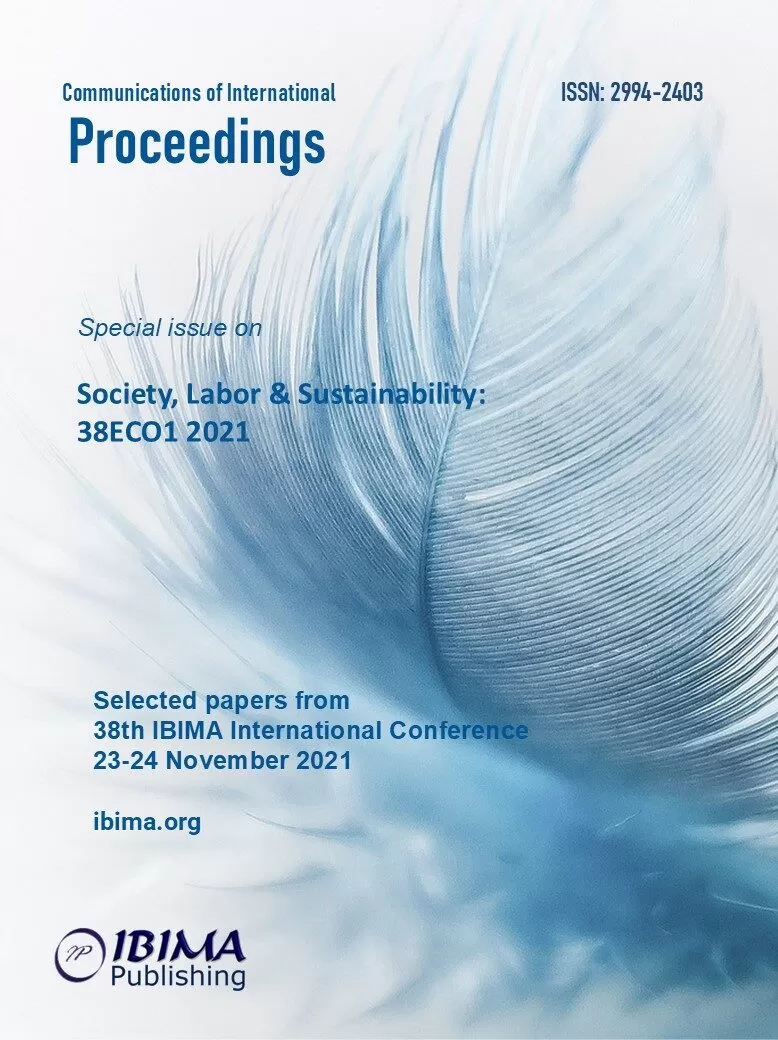
Iuliia V. NAROLINA 1, Tatiana V. SABETOVA 2 and Andrey V. YAKOVLEV 3
1 Department of Economic Security and Financial Monitoring, Voronezh State University of Engineering Technologies, Voronezh, Russia
2 Department of Management and Marketing in Agro-industrial Complex, Voronezh State Agrarian University Named after the Emperor Peter the Great, Voronezh, Russia
3 Department of Management and Economics of Entrepreneurship, Voronezh State Forestry University named after G.F. Morozov, Voronezh, Russia

The article developed a methodological approach to assessing the state and level of development of human capital in the agricultural sector of the economy, which consists in the need to include indicators in the analysis that quantitatively describe the following subsystems of human capital: (i) biophysical, understood as population’s ability to economic activity; (ii) competence, which includes two components: education of all types and levels, as well as the experience gained in the course of activities; (iii) cultural, implying an analysis of the level of formation of social and general cultural competencies; (iv) motivational, which determines the motives and incentives of the population to certain forms of economic activity.
The work uses extensive empirical material to characterize each of the subsystems. In particular, when analyzing the biophysical component of human capital, such indicators are used as life expectancy at birth in the Russian Federation, the difference in life expectancy of the urban and rural population of the Russian Federation, etc. To analyze the competence component, the indicators of the distribution of professional educational organizations between urban and rural settlements of the Russian Federation were named as the key ones.
The innovative potential of the agricultural sector of the economy can be assessed using the number of researchers employed in agricultural sciences and the share of agriculture in the total R&D expenditures. The authors propose to measure the cultural component of human capital through the accessibility of cultural institutions.